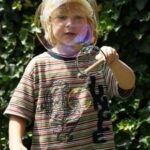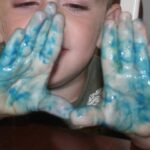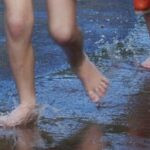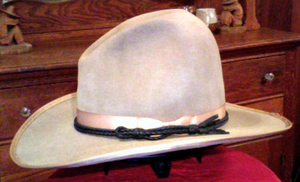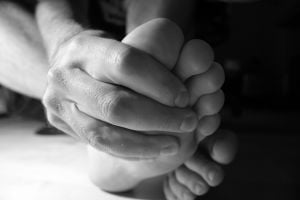Young children learn best through hands-on experiences. Sensory activities are a great way to give them the opportunity to experience a variety of materials. Here are some activities for children to explore using all of their senses.
Touch
A texture matching game gives your preschooler the opportunity to compare different textures and match them with others that are similar. A homemade set, with scraps of various materials such as fabrics, sand paper, bubble wrap and smooth paper glued to squares of cardboard will work just as well as any set you can buy, and allow you more freedom to select different materials. When your child is playing with this, it is helpful to use descriptive words such as soft, bumpy, smooth or scratchy to help your child identify the differences.
Challenge your children to identify objects by feeling them, without looking at them. Put objects, such as crayons, blocks, small cars or combs, one at a time into a sock. Have your child reach in and try to guess what the object is.
Goop and silly putty are inexpensive mixtures that offer great tactile experiences. They can be enhanced by adding things like glitter or sand to create a gritty feel. Goop can be made easily by mixing equal parts corn starch and water. Silly putty consists of equal parts liquid laundry starch and white glue.
Shaving cream is another inexpensive sensory activity for young children. Put it on the table and let children put their hands in it and experience the feel of the foam.
Smell
Play dough and shaving cream have distinctive smells, which make them great for a smelling activity. Fragrance could also be added to homemade goop or silly putty.
To challenge your pre-schooler’s sense of smell, create a guessing game. Put small amounts of things with strong or recognizable smells into cups. Some good choices are mustard, vinegar, barbecue sauce, lemon, orange and cinnamon. Cover them with wax paper held in place with rubber bands. Poke some small holes in the waxed paper, and ask your child to smell and try to identify each item.
Taste
Use the same items, or any other food items that your child knows and likes, and do a blindfolded taste test. Ask your child to guess what each item is. Ask him to describe what the items taste like. Try mixing some flavors to make it a little more challenging.
Hearing
Animal Bingo and Listening Lotto are two great games to help children use their sense of hearing. Each comes with picture cards and tapes with sounds to match the pictures. A game could easily be made by recording some recognizable sounds onto a tape, and making corresponding cards with pictures drawn or cut from magazines. Some suggestions are a doorbell, a phone ringing, car horn, dog barking and hands clapping. Use the tape recorder to record sounds in your home, children playing, talking, and playback the tape, asking your child to identify the voices and sounds. Talk about the different sounds, which ones are loud, quiet, soft and so on.
Sight
Bug in a rug is a fun guessing game that helps children focus on their sense of sight. Place 3 or 4 different types of toy bugs or pictures of bugs on a table. Let your child spend a minute looking at them. Then ask your child to close his eyes while you hide one of them under a small towel. Can he figure out which one is missing? This game can be played with a variety of objects, such as crayons and small toys. Using a thin towel or other piece of cloth which leaves a visible outline of the object, ask your child to try to identify it by its shape.
These activities will help your child develop and sharpen his senses. They are an ideal way for your child to learn about the world around him.
